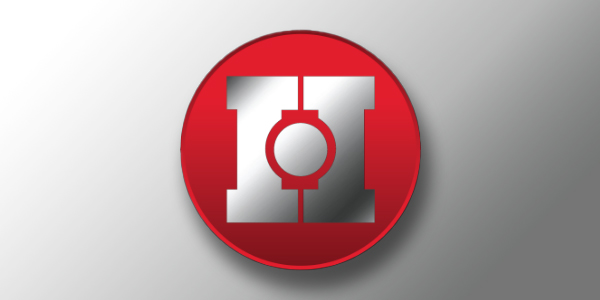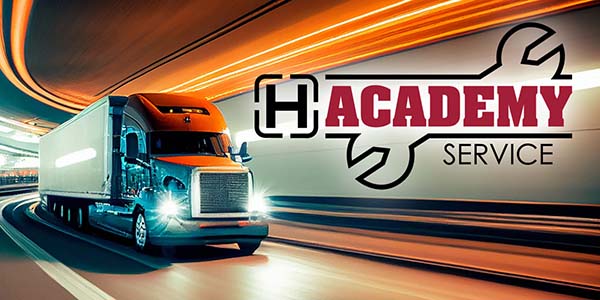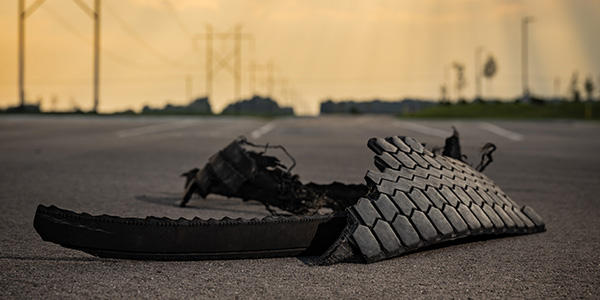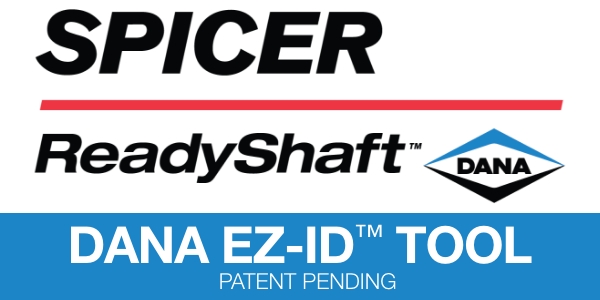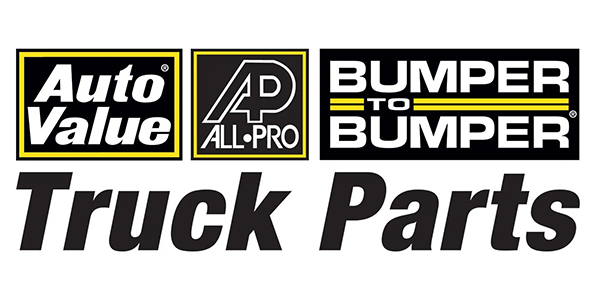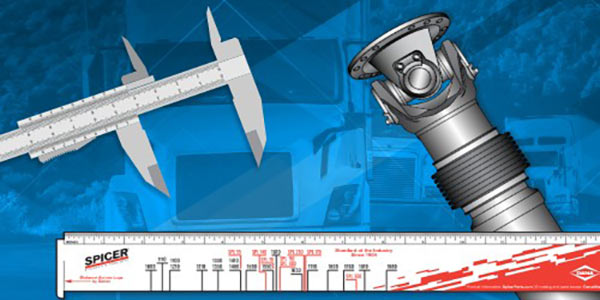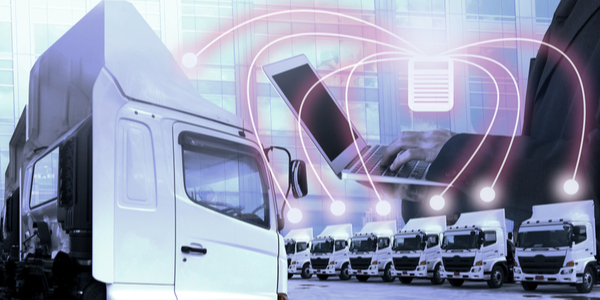
It doesn’t seem possible that 2020 is right around the corner and that it’s time to start planning for a new year. But as always, the future is fast approaching is 2020 brings us new opportunities to innovate and improve fleet operations.
What if we think beyond 2020? What if we take the time now to set our fleets up for success in the long run and future-proof our operations?
As you begin to set goals, create a budget, and map out a plan for next year, think through these 10 ways to future-proof your fleet to enhance your fleet’s operations and profitability not just next year but for the foreseeable future.
How to future-proof your fleet
1. Benchmark today’s success
The only way you’ll know if your fleet is improving in the future is by knowing how it’s doing now. Dive deep into your telematics data and set baselines for the performance and productivity of your fleet and your drivers.
Some common metrics you’ll want to set baselines for:
- Average mileage per vehicle
- Unassigned mileage by vehicle
- Fuel economy per vehicle and idling time
- Fleet availability rate
- Available Hours of Service
- Number of accidents per year or month
- Number of preventative maintenance tasks completed, and on time
- Scheduled repair rate
- Technician productivity
- Speeding incidents
- Harsh acceleration and braking incidents
- Time on site
- Safety compliance (seatbelt)
Once you have your baseline, you can identify next year’s opportunities and challenges. Maybe you want to achieve more jobs completed per day and optimize your drivers’ efficiency, or you want to improve first-time service to stop repeat trips and improve customer satisfaction, or you want to cut down on accidents. All of these goals can be tracked and attained by knowing where you stand now.
2. Centralize information
How many different types of software or systems do you use in your fleet? Do you even know all the channels your departments use to communicate or track results? As much as possible, you’ll want to centralize important business data, so the right people have access to it from one place.
By keeping all information in one dedicated hub, you never have to worry about losing historical data if an employee is out or leaves and it provides transparency into your fleet’s day-to-day operations. This can improve your own productivity as you spend less time chasing down data and compiling it, and instead can analyze the data and take action as soon as possible.
3. Right-size your fleet
Rightsizing your fleet can drastically improve your TCO or total cost of ownership by reducing overhead vehicle costs, maintenance costs, fuel costs, and vehicle demand. Look at your fleet’s history and identify patterns of growth and downsizing and use that history to make projections on the right time to replace vehicles or purchase new ones.
Are you planning on expanding operations? Are there any vehicles that are underutilized? Don’t leave money in an underutilized vehicle but don’t overwork existing vehicles if you’re planning for rapid growth.
4. Move toward automation with AVM
Fully autonomous vehicles are a hot topic in the auto industry, but we’re not quite there yet. But that doesn’t mean your fleet can’t enjoy the benefits of automated optimizations and today’s technology that’s moving in that direction.
Improve fuel efficiency, productivity, safety, and sustainability with Active Vehicle Management (AVM) and other automated vehicle technology, like lane assistance and Advanced Emergency Braking Systems.
With AVM, you can put a stop sign in front of speeding by adding a speed governor to your vehicle and set a max speed for your drivers. You can also enforce seatbelt compliance as drivers can’t shift out of park without being buckled up, and you can keep their eyes on the road by effectively limiting the use of their cell phone to a driver app with navigation with Distracted Driver Prevention (DDP™).
These technologies are on the market today and can ensure safer, more efficient operations in the future.
5. Focus on preventative maintenance
Avoid major breakdowns or serious repairs by allocating the right resources to preventative maintenance. Not only will this focus help reduce issues from happening in the first place, but it’ll save on maintenance costs, improve the resale value, and improve driver productivity.
6. Embrace technology
Leverage technology and adapt your operations to take advantage of the benefits of IoT (Internet of Things) and AI (Artificial Intelligence) in today’s telematics and Active Vehicle Management software.
Having the right tools for and insights into your fleet’s daily operations can have major impacts to all areas of your business.
What information to pull from telematics:
- GPS tracking to show driver locations and vehicle status (driving, idling, stopped)
- Optimized routes and geofences
- Maintenance records and alerts
- Jobs complete and duration
- Fuel efficiency and usage
Having this data at your fingertips can help you make smarter decisions about your fleet. Most systems pair with the vehicle itself or a driver’s phone for round-the-clock connectivity.
7. Invest in your employees
Investing in tools and technology is great, but you should also invest equally in the people who will use them. Instead of going through the cycle of hiring drivers, training drivers, and saying goodbye to drivers, build up your driver retention strategy instead. It’s more affordable to keep employees than hire new ones, and by cross-training employees you can maximize productivity across the board.
8. Stay informed on federal, state, and local legislation
Avoid legal penalties or problems by staying in the know of current and pending legislation that could impact your fleet. With changes in taxes, tolls, DOT fees, and air quality acts, it’s important to make sure you can budget appropriately and in time for these changes.
9. Know your customers
Similar to right-sizing your fleet, look for patterns of client growth or seasonal changes that could affect your fleet’s normal operations. Also consider your goals if you want to improve or expand operations and what your fleet’s needs are to keep up customer satisfaction.
10. Find future funding
From grants to incentives, there are some creative solutions for finding funding for your fleet’s investments – especially when it comes to safety and sustainability. Many insurance companies offer discounts for enhanced safety features, like speed governors or dash cams, and there are options for grants for eco-friendly initiatives.
Don’t be afraid to look outside the box or your own fleet to find future funding.
Now, as you continue work on your next year’s plan, keep these ideas in mind to set yourself up for success beyond 2020.
Interested in learning more about telematics, AVM, and auto technology you can use today to achieve success tomorrow? Read the whitepaper from Derive on how to drive change in your fleet operations with the new approach to vehicle technology.
This article was sponsored by Derive.



